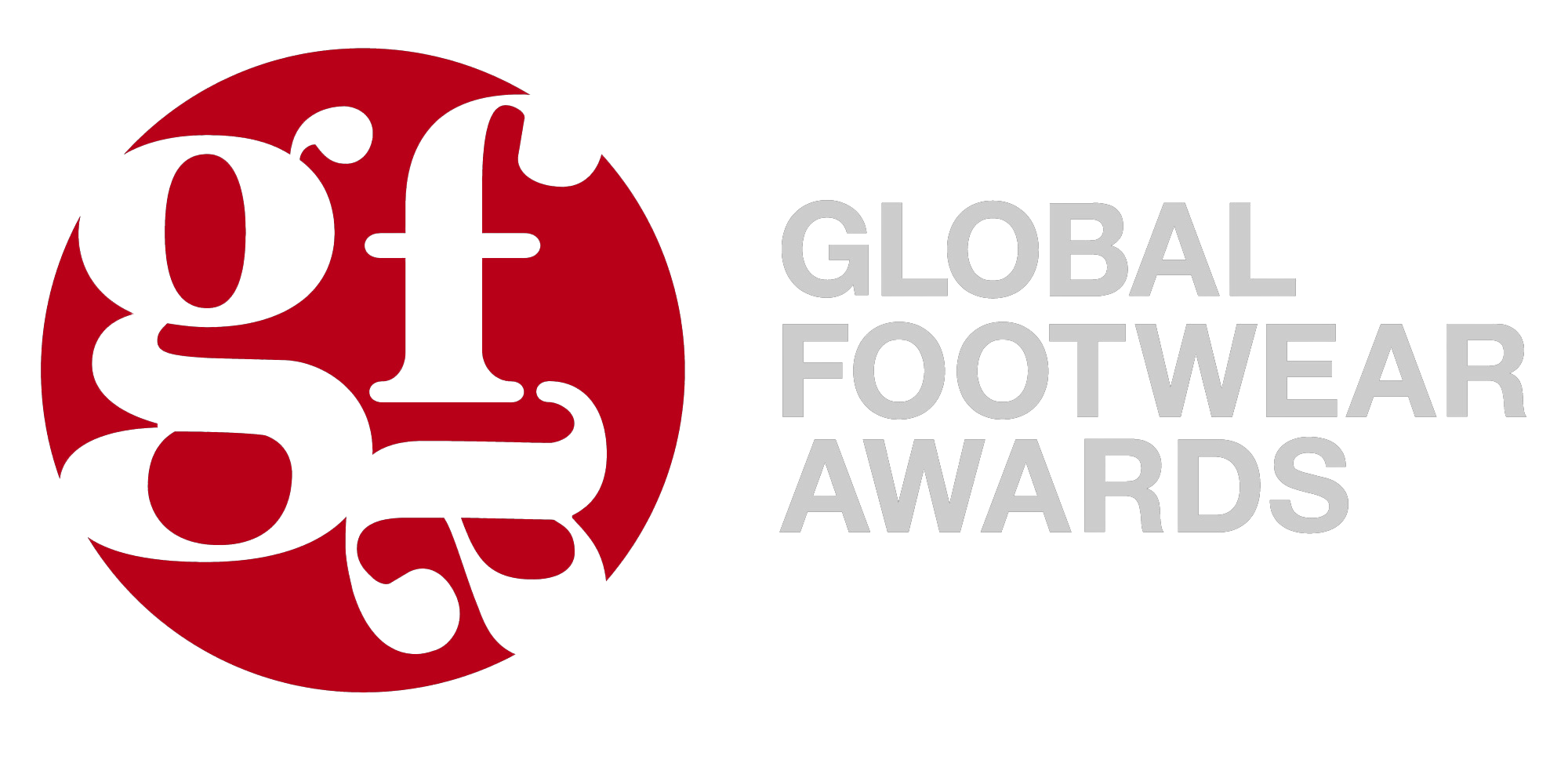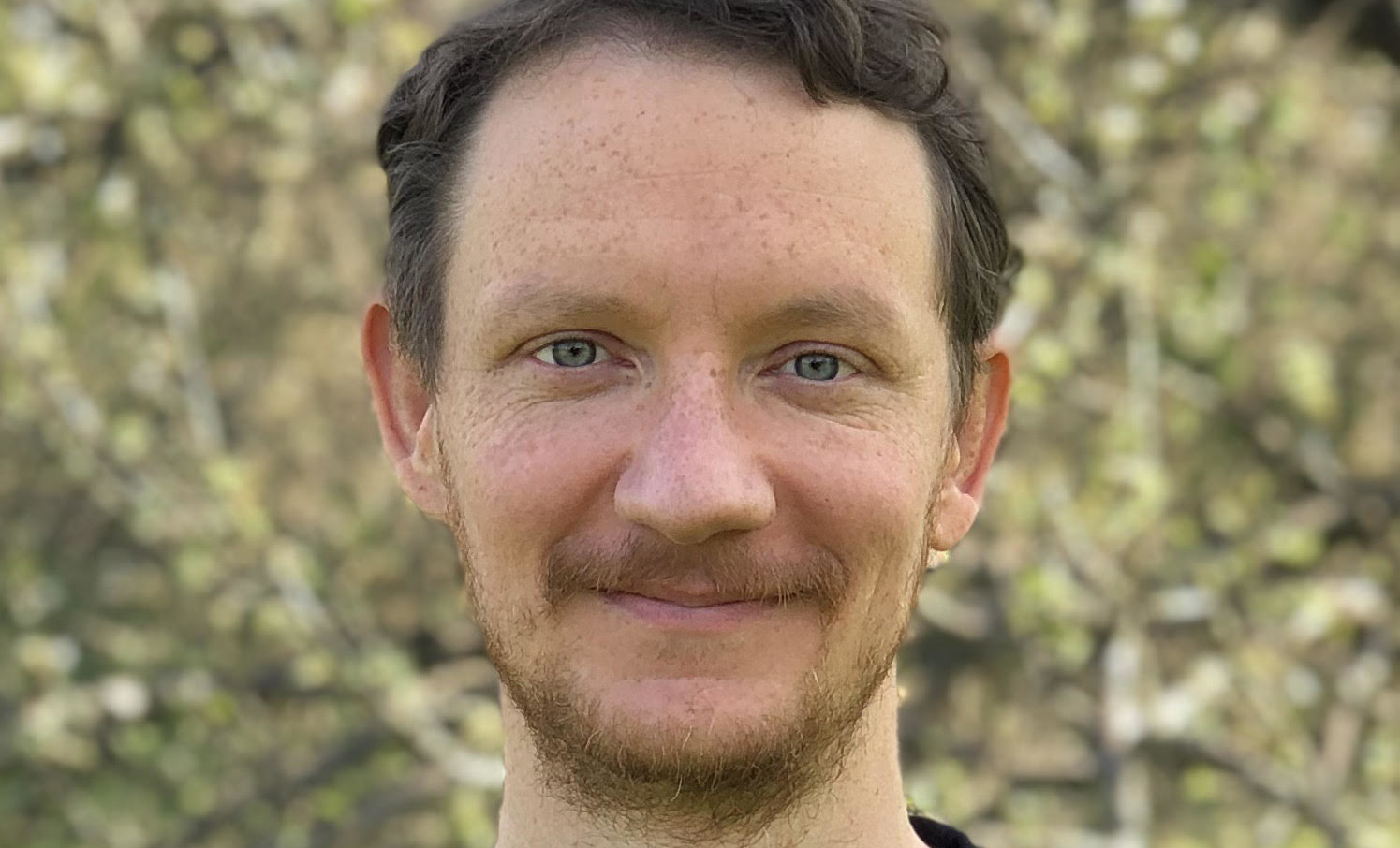In Conversation With: Hrvoje Boljar
May 1, 2021
Global Footwear Awards Category winner Vrinda Gupta discussed MIRET, GFA 2020 winning design.
Making its debut on the international design stage, Global Footwear Awards (GFA) has begun its global search to identify the most innovative design in footwear. MIRET was awarded the best in sustainable category for pro level.
MIRET combined the strongest natural fibres to craft sneakers which are kind to your feet as much as they are kind to nature. Not only can they substitute synthetic materials, but in many ways they are far better than plastic. We are using 10 amazing plants: hemp, kenaf, linen, cork tree, wood, corn, jute, eucalyptus, rubber tree and New Zealand wool to craft our 97% ecological MIRET sneakers. We are industry insiders who have used our manufacturing expertise to redesigned sneakers from the bottom up, making them compatible with nature.
IDA Design Awards 2020 Gold medal.
Hrvoje‘s background
Hrvoje Boljar is a Croatian entrepreneur, innovator, and co-founder of the Croatian sustainable footwear company MIRET.
While studying product design at the School of Design in Zagreb, Boljar started working with his father Josip Boljar who was an entrepreneur and founder of a small Croatian footwear brand Mr Joseph. During this time Hrvoje and his brother Domagoj have transformed the family business and started developing and manufacturing high-end footwear for European luxury brands such as KrisVanAssche, Lemaire, Paco Rabanne, Daniel Essa, ETQ etc. In 2018 after a disruption in the market they were forced to close down the factory. This closure could might as well been a blessing in disguise, as it freed up their time and energy to really focus on the MIRET project. Since then great strives have been made and MIRET has become recognised worldwide as one of the forerunners of sustainable footwear.
GFA talks with Hrvoje about his winning project.
What is your background?
Hrvoje Boljar is a Croatian entrepreneur, innovator, and co-founder of the Croatian sustainable footwear company MIRET.
While studying product design at the School of Design in Zagreb, Boljar started working with his father Josip Boljar who was an entrepreneur and founder of a small Croatian footwear brand Mr Joseph. During this time Hrvoje and his brother Domagoj have transformed the family business and started developing and manufacturing high-end footwear for European luxury brands such as KrisVanAssche, Lemaire, Paco Rabanne, Daniel Essa, ETQ etc. In 2018 after a disruption in the market they were forced to close down the factory. This closure could might as well been a blessing in disguise, as it freed up their time and energy to really focus on the MIRET project. Since then great strives have been made and MIRET has become recognised worldwide as one of the forerunners of sustainable footwear.
What do you see as the strengths of your winning project?
With so much plastic in the earth, air and water, with so many huge environmental problems surfacing every day, I have personally developed a sort of a phobia and disgust towards plastics and toxic chemicals. This obsession is forcing me to try and develop each and every tiniest component and manufacturing process in a more sustainable way. 6 years into this obsession and MIRET sneakers are at 97% bio-based content. They are far from being completely sustainable and a lot of work needs to be done, but I feel it is the right path.
Often I am tempted to make compromises in favour of aesthetics and comfort, but I am very proud that I resist the temptations. Our sneakers are comfortable, durable and look nice, but they are not the most comfortable nor the most beautiful in the world and they don’t need to be.
What does this award mean to you personally?
It is a great acknowledgement of a 6 year long research and work. A lot still needs to be done and this is just the beginning, but this recognition is a great encouragement for future work.
What was most important for you when working on this project and what were the biggest challenges you faced?
I got involved with the footwear industry when I was very young and I saw the industry first-handed from the inside. I realised that the products of the industry are incompatible with nature and that the whole process from raw material to the end of the products life-cycle is toxic to the environment. I also noticed how everyone was blind to this. From that moment on, the most important for me was to start doing things in a better way, one material at a time, component by component, step by step. The greatest challenge was to find manufacturing partners who understood this, and who had pure intentions. I should call them heroes and warriors.
What is your guiding design principle?
My primary principle is ecology. I am fully aware that everything us humans make has a negative effect to the environment, but there are ways of doing things better. That is what we should aspire to and that is the nature’s way.
How do you think your own culture and environment has shaped your personal and professional creative vision?
Ever since I was a young boy I was visiting footwear component factories alongside my father who was an entrepreneur. I went behind closed doors of the industry and saw the production processes. When you see this immensely complex chain of manufacturing anyone would think the process is unchangeable. You are led to believe that all this toxic manufacturing process is normal, and that things must be done that way. I started to work for my father when I was 24, and very soon I was lost as I saw no purpose, no sense in the products we were manufacturing. It all felt very wrong. And so began my quest for healthier materials and for manufacturing partners willing to listen, willing to acknowledge there was a problem and brave enough to try to make a change.
Tell us about a project which has been your greatest achievement?
MIRET is my greatest achievement. It has become more of a quest and an obsession than a project. Through the past 6 years I have learned that most people are still not aware of the enormity and seriousness of the negative impact of footwear to the environment. We are at the beginning of the era where sustainability comes first. Through the MIRET project we try to inform the public and shed light on the urgency of environmental action needed.
How do you feel footwear design has evolved over the past years and how do you see it evolving in the future?
Over the past few years we have seen enormous improvement with the focus switching to sustainability. That is the future and the more brands embrace this, the sooner it will become a norm. There is a flood of greenwashing happening as well which throws a shadow on sustainability, but this was inevitable and is actually a good sign showing how important this subject has become. Regulations and regulatory bodies will be necessary quite soon to adequately regulate the “sustainable” aspect of the market. A lot of things still need to change in the footwear industry and I have no doubt that the future generations will be appalled to what we are wearing now – aesthetic, functional and environmentally wise.
What are you working on now, what is in the pipeline for you?
We are actively trying to develop new materials and manufacturing techniques which will render our products more eco friendly. We believe everything starts with materials and we design our products around them. In the meantime we have started cooperating with companies from different industries not linked directly to footwear. We are working on making their products more sustainable by implementing the knowledge we obtained through the development of our own materials.
How do you feel about the topic of sustainability in regards to footwear design in general?
Everyone would like that the subject of “sustainability” is simple and straightforward, but it is very complex indeed. An ideal sustainable product would be compostable, recyclable, made out of renewable bio-based sustainably-grown materials, locally sourced, locally manufactured and extremely durable.
But making such a product is kind of paradoxical. When designing a sustainable product, one of the main things we need to consider is its durability and lifespan (setting aside product obsolescence other than wear and tear). In order to prolong the product-life and durability we must make it resistant to degradation factors like abrasion, tear, uv-rays, temperature, humidity, fungal and bacterial rotting, insect attacks.
So, while making the product durable we are inherently making it less compatible with nature. Leather and synthetics are made to last, but also made to be “indigestible” to bacteria and fungi, inhibiting the material to return to the natural cycle.
Another approach would be to develop a recyclable product, but the problem of recycling is multiple. If we were to learn from example we would see that a product which is easily recyclable like PET bottles, with a good system of returns like we have in Croatia, still ends up discarded in the environment and landfills. Even the collected PET can be recycled a limited number of times before the materials degrades beyond the level where it can be recycled anymore.
All in all, we are desperate for innovative and groundbreaking sustainable materials.
How do you feel about the impact of new technology towards footwear design and the industry as a whole?
New technology is key to developing future materials, but we must not disregard old unused knowledge. The world before synthetics and oil was much more in-tune with nature. We must not forget why plastics are all around us – because they are very cheap and easy to work with. There are more sustainable alternatives already out there, it is just that they were abandoned because they were not able to compete with petroleum derived plastics, economically wise. Until we are able to lower the “green premium”, green products will not be able to compete with synthetics. One other important thing to note is that our relation to the environment and nature starts already at home and in educational systems. So what thrills me is a shift in design schools happening all around the world, which is slowly moving the emphasis from designing products towards material research and development.


